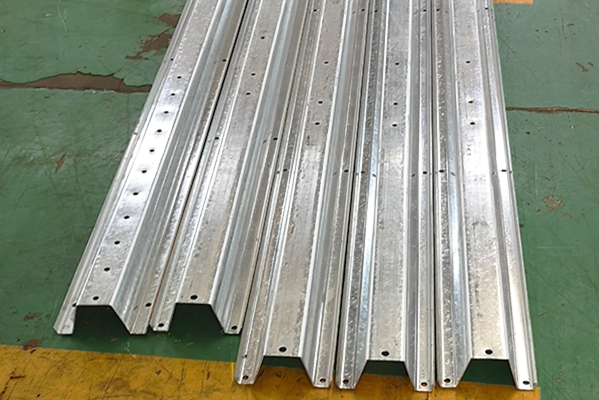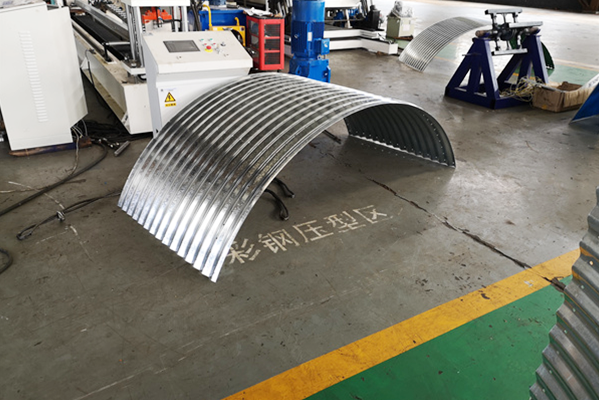Navigation Menu
Contact Us
- Email:
- info@wxavatar.com
- Address:
- Yurong Village, Yuqi Street, Huishan District, Wuxi, China.
Release Date:Oct 25, 2024 Visit:163 Source:ZCM
The roll forming machine market has been experiencing significant growth in recent years, driven by various factors that continue to shape its future outlook. This article aims to provide an overview of the current market trends and insights into its future prospects.

Market Trends
The roll forming machine market is characterized by steady growth, fueled by increasing demand from various industries. Roll forming is a highly efficient and cost-effective manufacturing process used to produce components with complex shapes from metal sheets. This process is widely adopted in the automotive, construction, and appliance industries due to its ability to produce high-quality parts with minimal material waste.
One of the key trends in the market is the increasing demand for lightweight materials. As the automotive industry shifts towards producing more fuel-efficient and environmentally friendly vehicles, aluminum and other lightweight metals are gaining popularity. This shift is driving the demand for roll forming machines capable of processing these materials, as they offer better fuel economy and reduced emissions compared to traditional steel components.
Regionally, the market is dominated by Asia Pacific, particularly China, India, and Japan. These countries have established themselves as major manufacturing hubs, with favorable government policies, low labor costs, and significant investments in the automotive and construction sectors. North America and Europe, while mature markets, are also witnessing growth driven by the need for lightweight materials and advanced manufacturing technologies.
Key Players and Innovations
The roll forming machine market is highly competitive, with several global players dominating the landscape. Companies such as Gasparini SpA, Dallan S.p.a., CS-KSPAN, and DREISTERN GmbH & Co. KG are known for their advanced roll forming solutions. These companies are continuously investing in research and development to introduce new technologies that enhance the efficiency and versatility of roll forming machines.
Innovations in the market include the development of servo-electric roll forming and flexible roll forming systems. These technologies offer better control over the forming process, allowing manufacturers to produce more complex shapes with higher precision. Additionally, the integration of automation and robotics is becoming more common, further increasing productivity and reducing labor costs.
Future Outlook
The future of the roll forming machine market looks promising. The increasing demand for electric vehicles, coupled with stringent emission regulations, is expected to drive the market growth. Electric vehicles require lightweight and high-strength components, which can be efficiently produced using roll forming machines.
Moreover, the trend of customization in the automotive industry is creating new opportunities for roll forming machine manufacturers. Consumers are increasingly demanding personalized vehicles, which requires flexible manufacturing processes capable of producing a wide range of components. Roll forming machines, with their ability to quickly adapt to different shapes and sizes, are well-positioned to meet this demand.
Furthermore, the construction industry is also expected to contribute to the growth of the roll forming machine market. With the increasing focus on sustainability and energy efficiency, building materials made from lightweight metals are becoming more popular. Roll forming machines can produce these materials in various shapes and sizes, making them ideal for use in modern construction projects.

Conclusion
In conclusion, the roll forming machine market is experiencing steady growth driven by various factors, including the increasing demand for lightweight materials, advancements in manufacturing technologies, and the shift towards customization in the automotive industry. With these trends continuing, the market is poised for further growth in the coming years. Manufacturers must stay ahead of the curve by investing in research and development, adopting new technologies, and expanding their global footprint to capitalize on these opportunities.